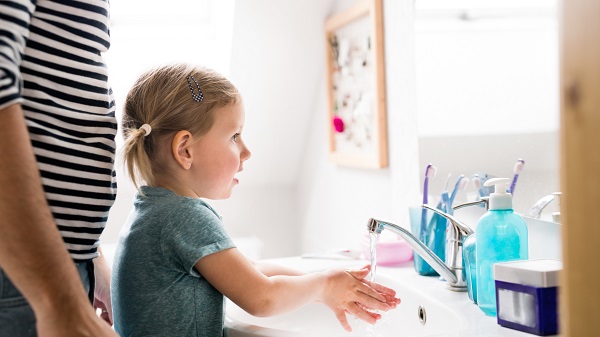How science uncovered the reasons COVID-19 spreads in a home
One of the most important steps to control the spread of COVID-19 is for anyone infected to stay at home. But most people don’t live alone – so how common is it for the disease to spread among a household? And what can be done to protect others who live there from falling ill? These are the questions Lucy Deng from the National Centre for Immunisation Research and Surveillance and her colleagues sought to answer.
“When a disease comes into a house, there are factors that determine how quickly it spreads,” Deng says. “Things like how big the household is, how many people there are, whether people share bathrooms, the number of bedrooms, and activities – such as hugging, kissing, sharing cooking utensils – can all affect the transmission of a disease.”

While catching the first hundred cases wasn’t possible in Australia, the team were still able to move quickly thanks to support from NSW Health. “We recruited our first household at the beginning of April,” Deng says. “That’s probably unheard of in terms of research – and it’s thanks to an appreciation by NSW Health, particularly the surveillance unit led by Paula Spokes, that, in a pandemic, research needs to tie in with a public health response.”
The study has since recruited almost 100 infected households, of which 64 are in New South Wales. Once a person is infected, the rest of the household is tested for COVID-19, then tested again on days 7 and 14; those with symptoms are tested again on day 28. The good news, Deng says, is that most households were able to contain the virus’ spread.
“About 74% of households didn’t transmit [the virus] within the household itself,” she reports. “Those that did were usually larger households with 5 or 6 people in them. There are a lot of little nuances we haven’t teased out yet but, from households in the study, we can say that if you’ve got more household members, smaller or fewer rooms and are sharing items more, you’re more likely to infect your household.”
The study has already helped to shape the local public health response, encouraging everyone sharing a home with an infected person to be tested, regardless of whether they have COVID-19 symptoms. And, as the study used an international protocol, it means the team has also been able to share and compare its results with similar work in other countries.
“We’ve seen slightly lower infection rates within households in our study in Australia compared with elsewhere,” Deng says. Although the reasons aren’t clear at the moment, once the team are able to identify what Australia did right, it’ll provide valuable lessons for future pandemics – and help inform decisions that will save lives.
By Kit Chapman
Updated 4 years ago